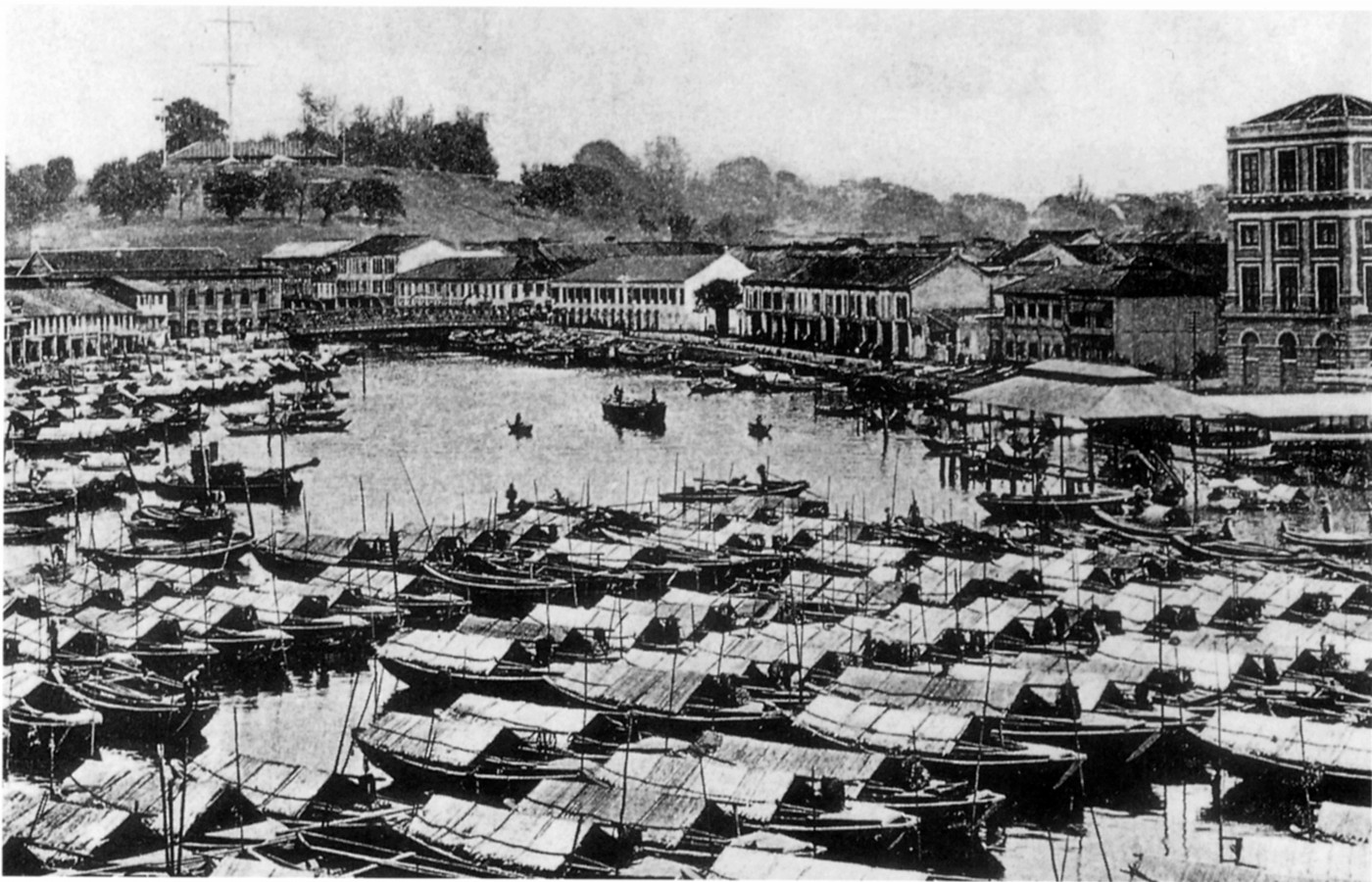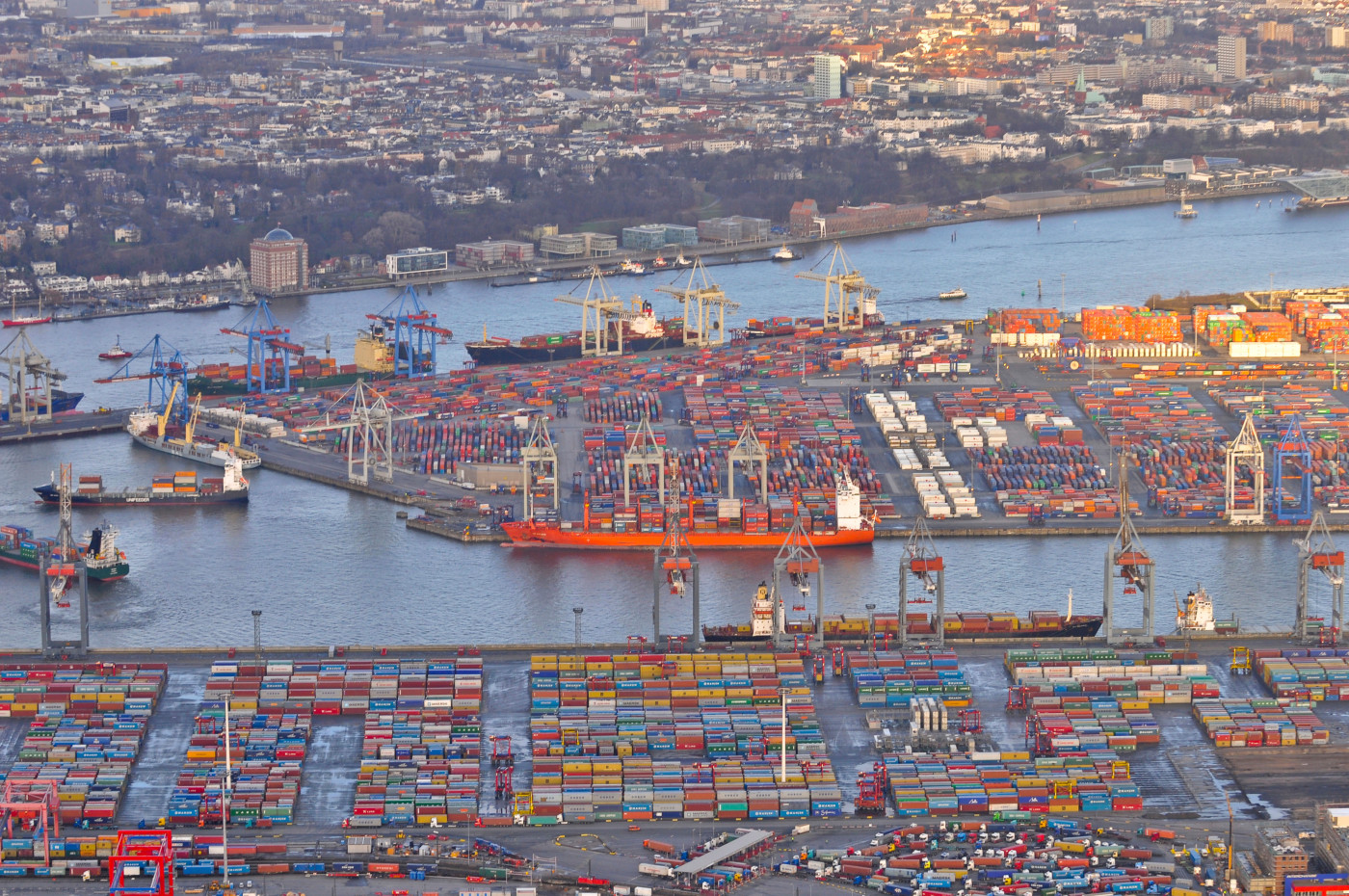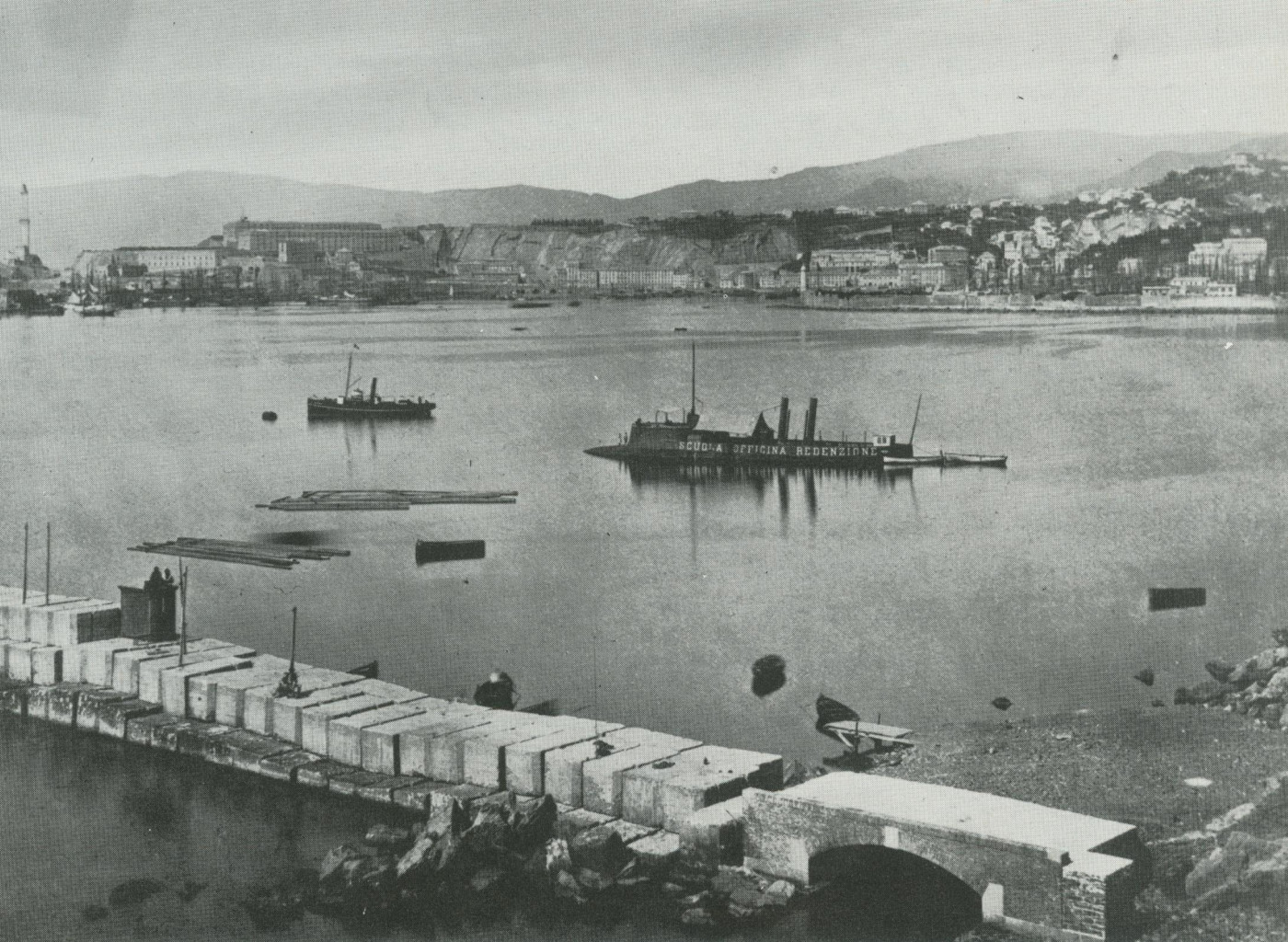Maritime, the interaction between humans and the sea, is steeped in history and nostalgia. With some evidence suggesting the earliest forms of boats date back to prehistoric times, it’s easy to see how they have played a vital role in the evolution of civilisation. For centuries, maritime transport has been the enabler of global trade and the concept of shipping cargo between ports has evolved dramatically with many major technological and engineering advances since the first maritime trade routes. Right now, the sector is once again undergoing a period of rapid change. As the use of digital technologies becomes more commonplace the sector is under pressure to find ways to improve efficiency, sustainability, and safety. Disruptive technologies, such as Artificial Intelligence (AI), Autonomy, Internet of Things (IoT), and Blockchain, might just be the tools we need to do this.
The Lloyds Register Foundation Heritage and Education Centre (HEC) has recently completed a program to digitise vast archives of historic material with an aim to understand whether lessons from the past can help to influence current and future challenges. As part of this project, HEC are working with Connected Places Catapult and Maritime Digital Hub to explore the curious case of history and the future, and how looking back at the past can influence our response to challenges.
One of the first articles produced as part of the Hindsight Perspectives project centres around ports and their intrinsic role in enabling change within the sector. Written by Sarah Ang, BSc International Public, and Social Policy during her micro-internship with LRF, ‘Ports and their hinterlands, past and future’ explores the ‘…past technological transitions like the shift from sail to coal and then to oil’ and makes comparisons with the focus on decarbonisation today.
Why focus on Ports?
‘Port cities are dependent on trade and transport networks and are therefore affected by technological changes ... such as the transition to steam in the past, and decarbonisation now.’
Ports play an integral role in logistics and supply chains across the world. As the interface between land and sea, they are the central point for receiving and distributing goods, creating jobs, and supporting economic growth.
Today, ports are facing increasing pressures. Global demand for goods and supplies has soared and governments are looking to port authorities to improve efficiencies, sustainability, and resilience with a heavy focus on decarbonisation and digital transformation.
While in most cases shipping remains the most environmentally friendly method of transport, the sector still has a significant impact on global emissions. Almost entirely reliant on fossil fuels including heavy fuel oil (HFO), the leftovers from the refinery process, the emissions produced are deadly to human health and extremely damaging to the climate. With global trade volumes expected to triple by 2050 finding solutions to these many challenges is not only a priority but the right thing to do.
‘Decarbonisation is high on the shipping and maritime industries’ agenda. At the recent COP26, a coalition of 19 major countries made the commitment to create zero emissions shipping routes, and the UN shipping agency, the International Maritime Organization (IMO) has similarly set targets to reduce overall greenhouse gas emissions produced by ships. Currently, shipping produces about 3% of global carbon emissions and current commitments to reduce emissions by at least 50% by 2050 have proved daunting, stressing the need for urgent and concerted action.’
Decarbonisation (and digital transformation) of the maritime sector is a complex, global challenge and uncertainty exists around in every corner. The task in hand seems almost overwhelming, as it must have done during previous periods of large-scale change, however the technology required to support decarbonisation not only exists but is available and affordable, right now.
‘A zero-carbon transition would involve a shift away from fossil fuels to alternative energy sources. Ports have been identified as a catalyst in this transition as more than half of maritime emissions occur when ships are berthed at docks.’
Thomas White, Ecosystem Director Maritime & Ports at Connected Places Catapult notes ‘Ports are all about connectivity, and connectivity enables change. At the Connected Places Catapult, we have been working with partners across industry to define the Ports of the Future (sometimes called ‘Smart Ports’). As vital, multi-modal intersections for people, goods and ideas, the Ports of the Future have the potential to stimulate wider innovation in decarbonisation and digitalisation. Tapping into this potential will have far reaching impacts for both regional and national economies and communities.’
‘Today, we are working across several programmes to advance these initiatives. This includes our recent work in the Clean Maritime Demonstrator Competition, a key Government funding initiative led by the UK Department for Transport in partnership with Innovate UK. Through tapping into the innovation potential of the UK, we are realising the value of data at ports in predicting future energy supply and demand at the Port of Tyne, for example, recognising an increasing reliance on variable output renewable energy sources at the same time as electricity demand.’
‘We are also working with partners to evolve ports roles in the future fuel system, recognising their potential to leverage investment in future fuel generation and distribution infrastructure, supporting the net-zero transition both on land and at sea. In a project at Portsmouth International Port, we are working with industry and academic partners to trial modular hydrogen electrolysis solutions and develop predictive, multi-modal demand modelling for future fuels, improving decision making and ensuring the resiliency of supply.’
Although the COVID-19 global pandemic has been a catalyst in the adoption of digital technology, progress does remains slow. Reasons for this are varied but funding, risk, and scepticism all feature heavily in conversations and are identified in Ang’s literature review as being a repeated obstruction to change throughout time.
As Napoleon Bonaparte famously remarked to Robert Fulton ‘How sir, would you make a ship sail against the wind and currents by lighting a bonfire under her deck?’ we see the familiar pattern emerge today. It took 100 years to transition from sail to steam and 50 years to convert to fuel oil, how quickly can the global maritime community get behind the journey toward decarbonisation?

The view from Lloyd’s Register’s Singapore office in 1895

Container ships loaded at Hamburg's harbour, Hamburg, Germany, aerial view.

Photograph of the port at Genoa, dated 1887

The view from Lloyd’s Register’s Singapore office in 1895

Container ships loaded at Hamburg's harbour, Hamburg, Germany, aerial view.

Photograph of the port at Genoa, dated 1887
‘In looking at case studies of port cities and their hinterland connections, emerging themes showed that the dynamics of growth and change in ports were governed by both exogenous variables like geography as well as endogenous economic and political variables. Physical features like location and a deep harbour which could accommodate large ships were important in the early development of ports, but so too were connections to the hinterland in terms of the investment in infrastructure like transport networks and the size and availability of land for storage. The connection between ports and hinterlands is especially important when it comes to port cities as they act as nodes of growth that depend both on the links between the foreland and hinterland.’
‘Looking at this comparative development of Crimean port cities in the 19th century, we see that the introduction of steam technology fostered the development of railways and with it, transport links, shaping the market for agricultural goods and consequently the development of port cities like Sevastopol. The railroad links between Sevastopol and the grain-producing south were a catalyst for the port’s commercial development as it was also isolated from the rest of Crimea due to the surrounding mountains.’
It is this influence of technological and engineering advancements on the wider port community which is just as important today.
White agrees, ‘Greater networks of connectivity, powered by the modern technology of the era, enabled port cities such as Sevastopol to establish and grow. Today, it is that same connectivity which presents the opportunity to ‘transmit’ transformative change across continents.’
‘When we consider the scale and complexity of the multi-stakeholders, multi-disciplinary challenges that we face in our broader transition to net-zero – we can be in no doubt of the difficulties we will need to overcome. In each of these crucial imperatives we will face competing interests, the complexities inherent to large-scale systemic change and the uncertainty of new technologies and processes.’
‘As central nodes within a connected network, ports work at the intersection of communities and economies, embedded in our complex global systems and stakeholder relationships that form the backbone of the world economy. Ports present a unique opportunity to offer an end-to-end, whole systems approach to grand -scale innovation, functioning as global gateways to regional and national innovation ecosystems, demonstrating whole systems concepts and linking investors with opportunities and challenge holders to solution providers.’
Expanding this further, hubs of activity involved in the multi-modal decarbonisation of ports represent an opportunity to be powerful engines of regional growth, working as the arteries through which innovation and new opportunities will flow across supply chains.
‘Technological changes also bring about a need for new skills and labour. The early years following the shift from sail to steam was marked by steamship collisions as well as the loss of life and cargo due to unskilful conduct. Still, the industrialisation of the shipping industry brought on by the adoption of steamships in the mid-to-late 1800s also professionalised the sector, with the introduction of competency tests and examinations for seafarers. There was also a larger role for engineers alongside shipmates. There is likely to be a similar need for occupational training and investment in skills as we deal with decarbonisation – fuel storage and energy systems at ports will change, as will on-board power systems and even the designs of ships themselves.’
Today we are witnessing a similar scenario, as the path toward digitalisation emerges a variety of new roles will be created and opportunities to reskill and upskill will follow. Understanding that, just like the major transitions of the past, digital technology can be a force for positive change and influencing a cultural shift within organisations will help secure a resilient, safe, sustainable, and efficient sector. We can afford to be optimistic and even excited about the journey toward digital transformation and decarbonisation. Of course, utilising the best-fit technology, in cooperation with key partners, and ensuring economic viability will remain critically important.
Something which Sarah Ang agrees.
‘Despite the daunting prospect of the fourth propulsion revolution and the accompanying pressure to decarbonise the shipping industry, there are reasons to be optimistic. Decarbonisation has been recognised as an international goal with key actors such as national governments, private companies in the shipping industry (e.g. Shell, Maersk) as well as port operators (e.g. Maritime and Port Authority of Singapore, Port of Rotterdam) working together in the energy transition. National governments have taken on a prominent role in driving this change…within the UK, the public sector has been driving the decarbonisation agenda as seen by the UKRI Decarbonising Ports and Harbours network and the development strategies such as Net Zero by 2050, the Maritime 2050 Strategy, and the Clean Maritime Plan’.
‘Moreover, the adoption of alternative energy sources is a chance for technological diffusion to move from land to sea, and for the shipping industry to drive the wider decarbonisation agenda. Whereas the technological developments like the internal combustion engine were first developed for trains and railways before moving to boats, there is space for the shipping industry to pave the way for the energy and transport sectors in the development and adoption of new fuel sources. Port cities would be key in global efforts to decarbonise as they provide the interface between in-land infrastructure and the maritime sector.’
Rosy Staines, Head of Engagement at Maritime Digital Hub notes ‘It is true to say that this is an exciting time for the maritime industry. The importance of the global maritime community has been recognised and in response, the sector has begun to emerge from the shadows facing public and private scrutiny as it does so. But there are positives we can take from this, such as taking control of the narrative, challenging the perception of an inherently hidden and traditional industry and instead, using examples from the past, building one of opportunity for people and the environment. In control of not only its own future but as the facilitator of ours.’
A full copy of Sarah Ang’s blog Ports and their hinterlands, past and future can be found here.



![CPC_Logo_RGB_green[42]](https://lloyds-production.s3.amazonaws.com/w200/general/cpc-logo-rgb-green-42.jpg)

